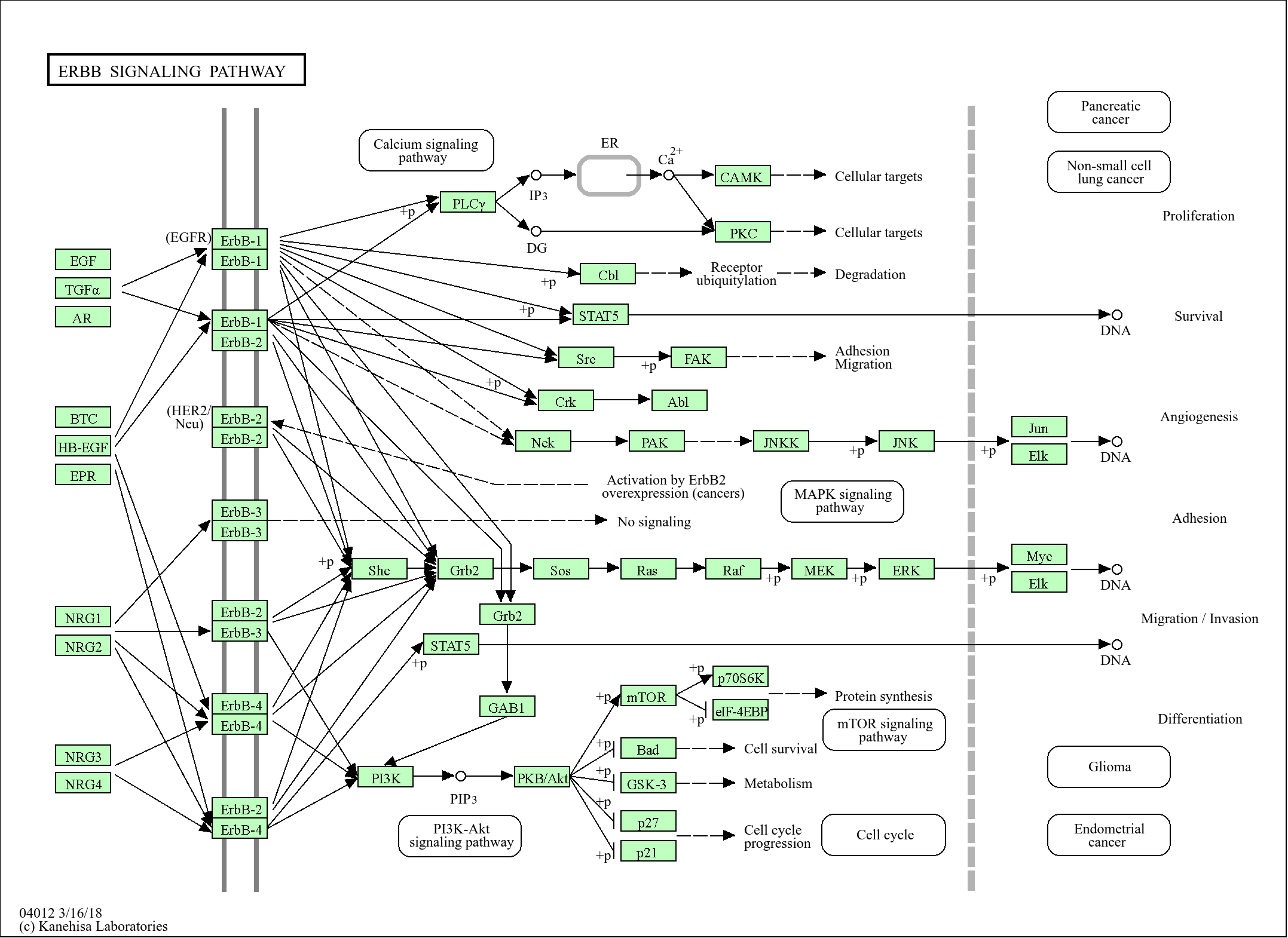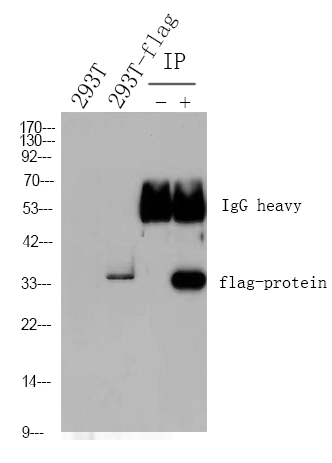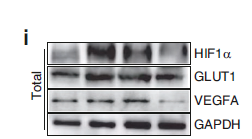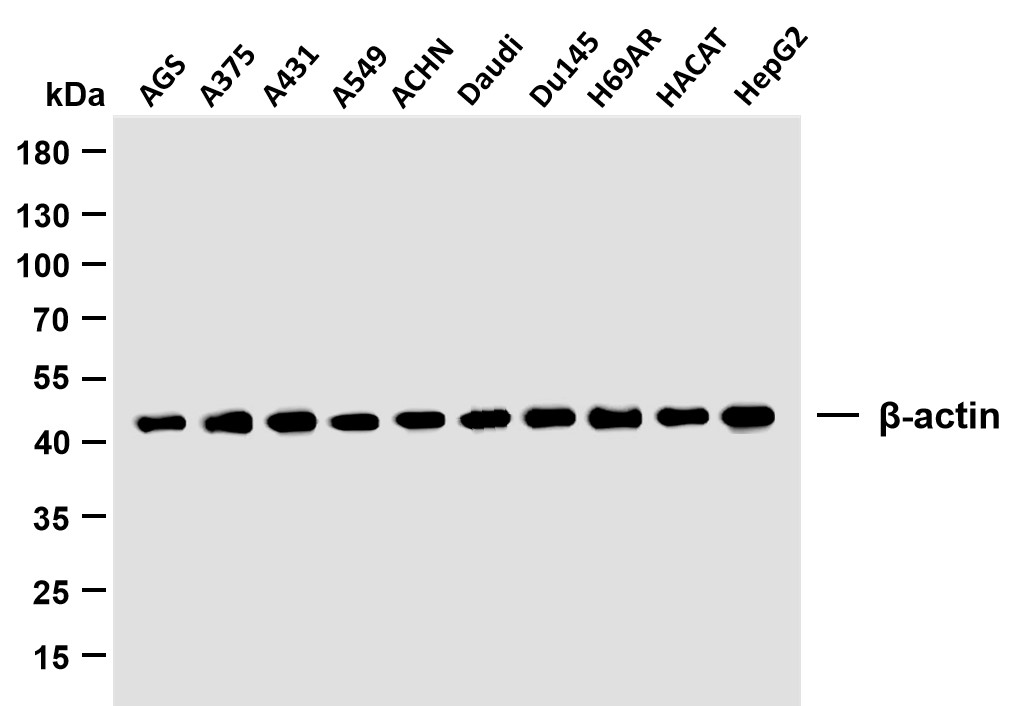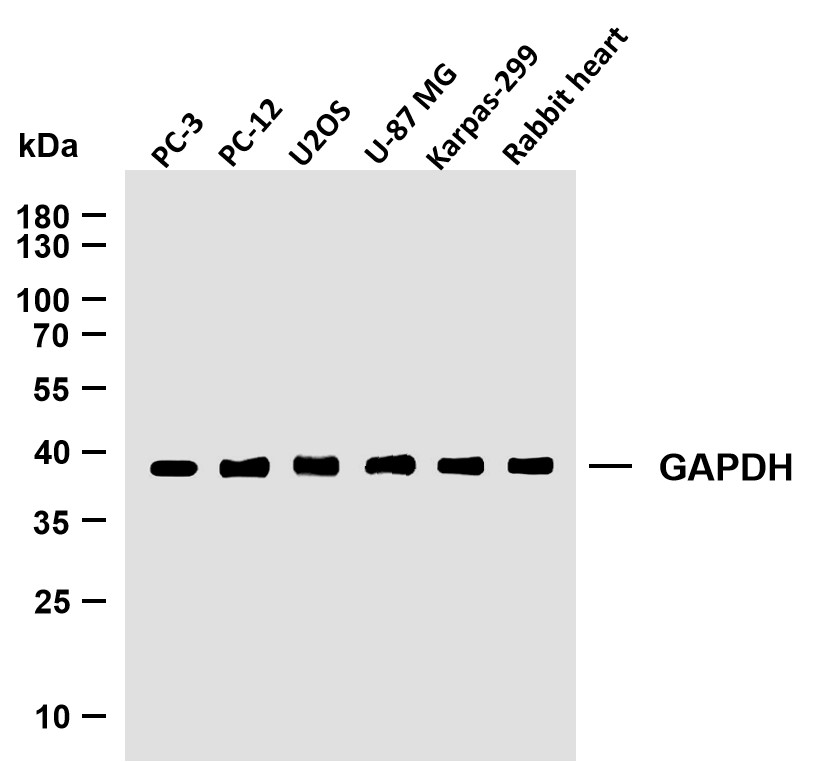
Catalog: YN0112
Size
Price
Status
Qty.
200μL
$450.00
In stock
0
100μL
$280.00
In stock
0
40μL
$150.00
In stock
0
Add to cart


Collected


Collect
Main Information
Target
DMP1
Host Species
Rabbit
Reactivity
Human, Mouse, Rat
Applications
WB, ELISA
MW
56kD (Observed)
Conjugate/Modification
Unmodified
Detailed Information
Recommended Dilution Ratio
WB 1:500-2000; ELISA 1:5000-20000
Formulation
Liquid in PBS containing 50% glycerol,0.5% BSA and 0.02% sodium azide.
Specificity
DMP1 Polyclonal Antibody detects endogenous levels of protein.
Purification
The antibody was affinity-purified from rabbit antiserum by affinity-chromatography using epitope-specific immunogen.
Storage
-15°C to -25°C/1 year(Do not lower than -25°C)
Concentration
1 mg/ml
MW(Observed)
56kD
Modification
Unmodified
Clonality
Polyclonal
Isotype
IgG
Related Products
Antigen&Target Information
Immunogen:
Synthesized peptide derived from human protein . at AA range: 430-510
show all
Specificity:
DMP1 Polyclonal Antibody detects endogenous levels of protein.
show all
Gene Name:
DMP1
show all
Protein Name:
Dentin matrix acidic phosphoprotein 1 (DMP-1) (Dentin matrix protein 1)
show all
Background:
Dentin matrix acidic phosphoprotein is an extracellular matrix protein and a member of the small integrin binding ligand N-linked glycoprotein family. This protein, which is critical for proper mineralization of bone and dentin, is present in diverse cells of bone and tooth tissues. The protein contains a large number of acidic domains, multiple phosphorylation sites, a functional arg-gly-asp cell attachment sequence, and a DNA binding domain. In undifferentiated osteoblasts it is primarily a nuclear protein that regulates the expression of osteoblast-specific genes. During osteoblast maturation the protein becomes phosphorylated and is exported to the extracellular matrix, where it orchestrates mineralized matrix formation. Mutations in the gene are known to cause autosomal recessive hypophosphatemia, a disease that manifests as rickets and osteomalacia. The gene structure is conser
show all
Function:
Disease:Defects in DMP1 are the cause of autosomal recessive hypophosphatemic rickets (ARHR) [MIM:241520]. ARHR is characterized by rickets, osteomalacia, elevated FGF23 serum levels and hypophosphatemia.,Function:May have a dual function during osteoblast differentiation. In the nucleus of undifferentiated osteoblasts, unphosphorylated form acts as a transcriptional component for activation of osteoblast-specific genes like osteocalcin. During the osteoblast to osteocyte transition phase it is phosphorylated and exported into the extracellular matrix, where it regulates nucleation of hydroxyapatite.,PTM:Phosphorylated in the cytosol and extracellular matrix and unphosphorylated in the nucleus. Phosphorylation is necessary for nucleocytoplasmic transport and may be catalyzed by a nuclear isoform of CK2 and can be augmented by calcium.,subcellular location:In proliferating preosteoblasts it is nuclear, during early maturation stage is cytoplasmic and in mature osteoblast localizes in the mineralizated matrix. Export from the nucleus of differentiating osteoblast is triggered by the release of calcium from intracellular stores followed by a massive influx of this pool of calcium into the nucleus.,subunit:Interacts with importin alpha.,tissue specificity:Expressed in tooth particularly in odontoblast, ameloblast and cementoblast.,
show all
Cellular Localization:
Nucleus . Cytoplasm . Secreted, extracellular space, extracellular matrix . In proliferating preosteoblasts it is nuclear, during early maturation stage is cytoplasmic and in mature osteoblast localizes in the mineralized matrix. Export from the nucleus of differentiating osteoblast is triggered by the release of calcium from intracellular stores followed by a massive influx of this pool of calcium into the nucleus.
show all
Tissue Expression:
Research Areas:
>>ECM-receptor interaction
show all
Signaling Pathway
Reference Citation({{totalcount}})
Catalog: YN0112
Size
Price
Status
Qty.
200μL
$450.00
In stock
0
100μL
$280.00
In stock
0
40μL
$150.00
In stock
0
Add to cart


Collected


Collect
Recently Viewed Products
Clear allPRODUCTS
CUSTOMIZED
ABOUT US
Toggle night Mode
{{pinfoXq.title || ''}}
Catalog: {{pinfoXq.catalog || ''}}
Filter:
All
{{item.name}}
{{pinfo.title}}
-{{pinfo.catalog}}
Main Information
Target
{{pinfo.target}}
Reactivity
{{pinfo.react}}
Applications
{{pinfo.applicat}}
Conjugate/Modification
{{pinfo.coupling}}/{{pinfo.modific}}
MW (kDa)
{{pinfo.mwcalc}}
Host Species
{{pinfo.hostspec}}
Isotype
{{pinfo.isotype}}
Product {{index}}/{{pcount}}
Prev
Next
{{pvTitle}}
Scroll wheel zooms the picture
{{pvDescr}}

